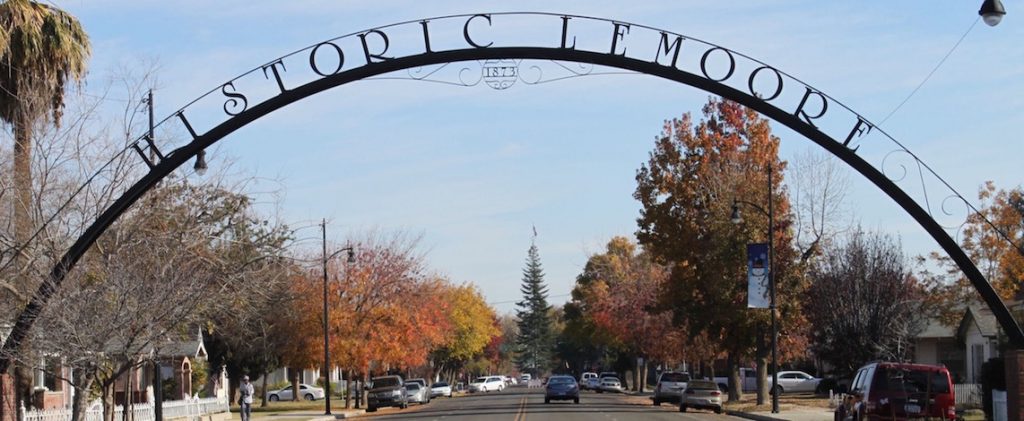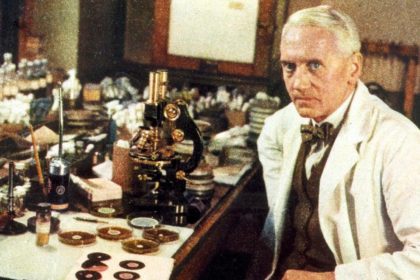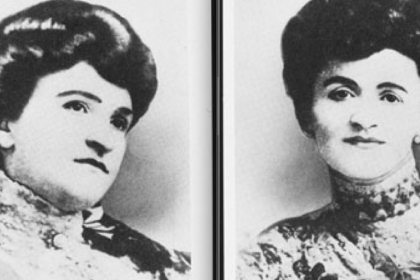Lemoore is a city in Kings County, California, United States. Take a look below for 20 awesome and interesting facts about Lemoore, California, United States.
1. Lemoore is located 7.5 miles (12 km) west-southwest of Hanford, at an elevation of 230 feet (70 m).
2. It is part of the Hanford-Corcoran Metropolitan Statistical Area (MSA Code 25260).
3. The population was 24,531 at the 2010 Census. The California Department of Finance estimated that Lemoore’s population was 26,725 on July 1, 2019.
4. Dr. Lovern Lee Moore from France first made his home in what was western Tulare County, California—now the City of Lemoore—in April, 1871.
5. It was on the northern shoreline (just above the high-water mark) of Tulare Lake, then potentially the largest freshwater body of water in the US, outside of the Great Lakes.
6. The American pioneers from eastern states saw this as a stretch of vast virgin land on which sheep, horses and wild animals had grazed but had never been cultivated.
7. By the time Dr. Moore arrived, scores of individual farms dotted the landscape, but as Tulare Lake retreated, more became continually available. The soil was rich and productive as it had been brought down and deposited for centuries from the high Sierras by the Kings River and the Los Gatos Creek alluvial fan from the Coast Range.
8. Wells were easy to dig, as the water level was unusually high. So water was plentiful for irrigation from shallow wells farm families installed. Raising of sheep and grains were principal concerns of farmers in the area.
9. However, the pioneers were somewhat isolated, since they had to drive by horse as far as 6 miles (9.7 km) northeast to Grangeville settlement, to get mail or newspapers. It was even farther to Kingston for other supplies.
10. Hanford was not founded until later in 1877. Even the area was called by various names, believed to be of Indian origin, such as Latache, Tailholt, or just, in English, the Lake District.
11. Dr. Lee Moore proved to be a man of vision. He decided to knit together the scores of surrounding farm families, to secure a post office, and some local center for conducting business which could be hastened by direct means of communicating with the outside world. He must also have had the hope of attracting the railroad, which was then being planned but was not built until six years later.
12. The first steps he took to organize a community began in early 1872, when he surveyed a 10-acre (40,000 m2) subdivision in what is now the land immediately west of the present Lemoore High School. In August 1872 he had established the first real estate development in this district and had laid out and named the streets after other pioneer families.
13. In the summer of 1872 land auctions were held and lots went to the highest bidder. Prices ranged from $75 to $150 per lot. One business lot was sold for $600, rated as a very high price, considering the value of the dollar in 1872. Dr. Moore’s home was believed to be situated where the grammar school playground on Bush Street is now located.
14. The year 1872 was a busy one for the inhabitants. In addition to sales at the subdivision and putting in of streets, new buildings for homes and businesses began to arise. This was the start of a real community, but it still lacked a school, a definitely accepted name, and a post office.
15. All these developed in the next eventful year of 1873. Dr. Moore had presented a signed petition to the U.S. Post Office Department in distant Washington for a post office in the new town in 1872, but his petition was not granted until 1873.
16. At that time it was common custom to name communities after their founders or some prominent person of the day. The naming of Hanford and Porterville are examples of this common practice.
17. The Lemoore post office first opened in 1875.
18. For some reason the U.S. Post Office objected to the name “Latache,” so, by about the 1920s it combined the founder’s name by omitting one letter “e”,from Lee and called the new post office Lemoore after Lee Moore. In that way the new community received its new name.
19. In the same year, 1873, a Mr. Armstrong donated 2 acres (8,100 m2) of land for the first school building in Lemoore. It was a frame structure 18 feet (5.5 m) by 30 feet (9.1 m), completed and dedicated at a country dance held in December 1873.
20. The railroad came to what is now Kings County in 1877. At that date Grangeville was the largest community in the entire area. After some dispute with its residents, rail officials decided to by-pass that settlement and went through Hanford. Lemoore, by that time had shown healthy growth. It could have been through the foresight of Dr. Moore in setting a head-start in ’72 which attracted the rail route to his budding community. The line was put through Lemoore in 1877 parallel to Front Street, now called E Street.




